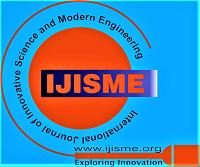Abstract
Ambiguity is one of the important issues not only in natural and programming languages, but also in gene sequences. In programming languages, the ambiguity is defined as existence of (at least) two distinct derivations that yield a same word. Considering in that line, ambiguity in gene sequences may be interpreted as a gene sequence can be obtained by more than one way such that its intermediate gene sequences are different. Analyzing the ambiguity issues in gene sequences will help us to know the evolution of gene sequences. Recently, in 9 a new variant called Matrix insertion-deletion systems has been introduced as a biologically inspired computing model to represent various bio-molecular structures such as pseudoknot, hairpin, stem and loop, attenuator, dumbbell and cloverleaf. But the ambiguity issues of Matrix insertion-deletion systems has not been analyzed in detail yet. In this paper, we formally define various levels (0,1,2,3) of ambiguity for Matrix insertion-deletion systems based on the components used in the derivation such as axiom, context, string (used for insertion/deletion). Next, we relate the newly defined ambiguity levels of Matrix insertion-deletion systems with bio-molecular structures and analyze their ambiguity issues. We notice that ideal language obeys the level 0-ambiguity, stem and loop structure obeys level 1-ambiguity, cloverleaf structure obeys level 2-ambiguity and orthodox language obeys level 3-ambiguity.
